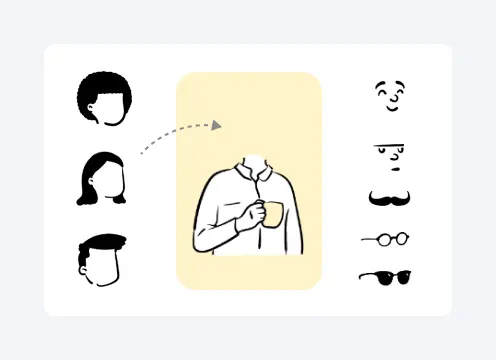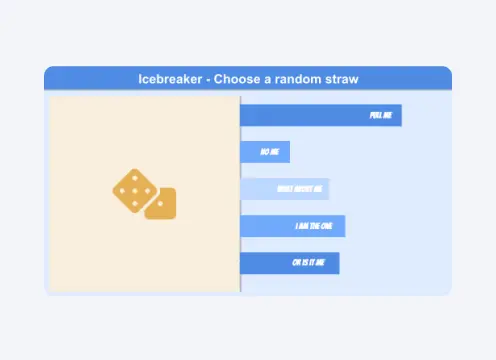"Check-ins are key to creating a healthy culture".
This template is all about having fun at the beginning of a meeting or workshop. Having fun is important to us, so we created “The Check-In Icebreaker”. Giving our team a chance to express how we feel at the beginning of a meeting can give everyone a chance to warm up and be more engaged later in the meeting.
Use this ice breaker template to start or break up a potentially long meeting to keep things interesting for your team.
Use this icebreaker as a check-in at your next team meeting, workshop, or event. There are two steps.
Choose a character. There are 18 meme expressions to choose from.
Answer a question. The fun part is that you have to keep the same pose as the meme you chose as you answer that question.
Repeat until you have gone through your team at least one time.
Check-In Icebreaker FAQs
What are good questions for check-in icebreakers?
There are many ways to approach questions for a check-in icebreaker. What’s important to keep in mind is that these questions are meant to connect and engage people. Fun facts about your team are an excellent choice, such as “Do you collect anything?” or “What’s your guilty pleasure?”. Questions about people’s skills may also interest the team and, at the same time, foster collaboration. Try questions like “What languages do you speak?” or “What was your first job?.”
How do you make check-in fun?
When running a meeting with the check-in icebreaker, ensure it will energize and engage people instead of making them feel uncomfortable or that the icebreaker is extra work. To make it more fun, remember to add quirky characters and popular memes and elaborate questions in which answers might surprise or connect people.






